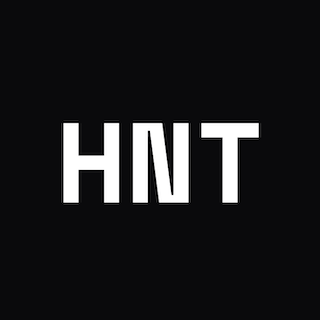This project is designed to test your knowledge of front-end web technologies and assess your ability to create front-end UI products with attention to details, standards, and user-experience.
The goal of this exercise is to create a simplified version of the MacOS calendar in React like the screenshot below.
You should start by rendering a single month view of a calendar for the current month.
- Calendar to match as close as possible the suggested layout
- Ability to add "reminders" (max. 30 characters) - Double-clicking a date opens a modal like in the screenshot.
- Ability to edit reminders by double clicking the reminder- including changing title, description.
- Ability to delete a reminder by selecting and hitting Backspace
- Dark / Bright mode switch
- Ability move tasks on the calendar by drag and drop
- Ability to pick the color from a palette of 6 colors (bespoke UI)
- Expand the calendar to support more than the current month or year using the same scrolling mechanism as MacOS Calendar.
- Enable reminders with start - end date spanning across several days.
- Unit test the functionality: Ability to add "reminders" (max. 30 characters) for a day and time specified by the user. Also, include a description.
- Show us in the Readme all relevant information about your project.
- The project is completely focused on Front-end. Ignore the Back-end.
- Target modern browsers, < 2 years backwards compatibility.
- Create your Calendar using the route
/calendar - Feel free to use small helper libraries for Date/Time handling.
- You must create the calendar component yourself. Do not user calendar libraries like FullCalendar or Bootstrap Calendar.
- Show us your capabilities on CSS and styling, we have added SASS support but please feel free to use any CSS in JS solution you are comfortable with.
- We have implemented Redux thunk for state management, but you may use any state manager you are familiar with.
- Run
npm install|yarn installto install all dependencies. - Run
npm start|yarn runto run the app locally. - You can find the project running on
localhost:3000.

